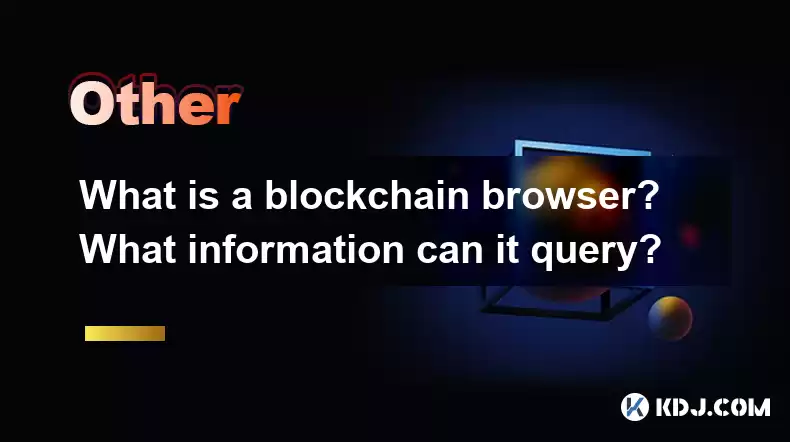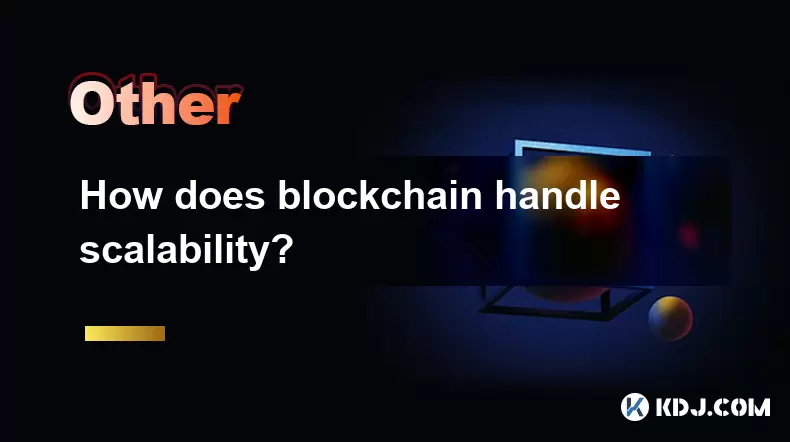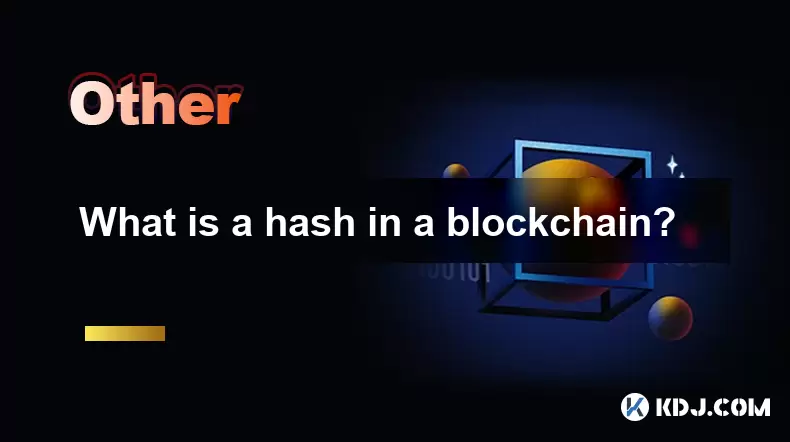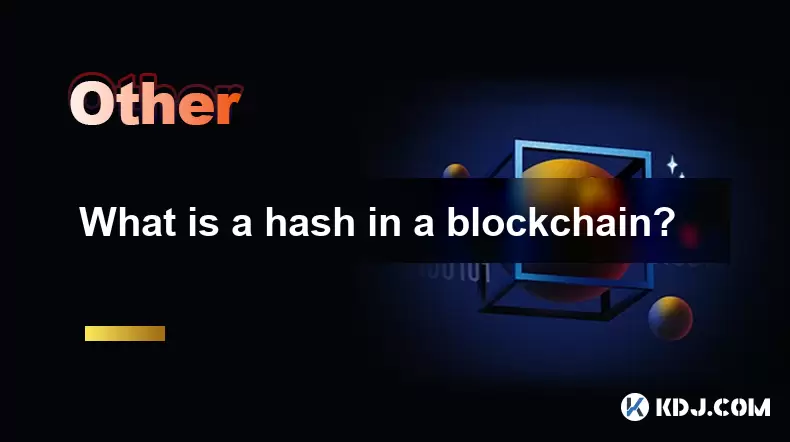-
 Bitcoin
Bitcoin $113900
-1.39% -
 Ethereum
Ethereum $3517
-4.15% -
 XRP
XRP $3.009
1.59% -
 Tether USDt
Tether USDt $0.9997
-0.04% -
 BNB
BNB $766.8
-1.41% -
 Solana
Solana $164.6
-2.38% -
 USDC
USDC $0.9998
-0.02% -
 TRON
TRON $0.3277
0.65% -
 Dogecoin
Dogecoin $0.2023
-1.67% -
 Cardano
Cardano $0.7246
0.05% -
 Hyperliquid
Hyperliquid $38.27
-4.77% -
 Sui
Sui $3.528
-0.52% -
 Stellar
Stellar $0.3890
-0.73% -
 Chainlink
Chainlink $16.16
-2.69% -
 Bitcoin Cash
Bitcoin Cash $539.9
-4.38% -
 Hedera
Hedera $0.2425
-2.00% -
 Avalanche
Avalanche $21.71
-0.97% -
 Toncoin
Toncoin $3.662
5.73% -
 Ethena USDe
Ethena USDe $1.000
-0.02% -
 UNUS SED LEO
UNUS SED LEO $8.964
0.35% -
 Litecoin
Litecoin $107.7
2.33% -
 Shiba Inu
Shiba Inu $0.00001223
-0.40% -
 Polkadot
Polkadot $3.617
-0.97% -
 Uniswap
Uniswap $9.052
-2.49% -
 Monero
Monero $295.1
-3.79% -
 Dai
Dai $0.9999
0.00% -
 Bitget Token
Bitget Token $4.315
-1.85% -
 Pepe
Pepe $0.00001060
0.11% -
 Cronos
Cronos $0.1342
-2.72% -
 Aave
Aave $256.0
-0.87%
What is a blockchain browser? What information can it query?
A blockchain browser is a search engine for blockchain networks, allowing users to explore transactions, addresses, and smart contracts for transparency and verification.
Apr 27, 2025 at 06:35 pm

A blockchain browser, often referred to as a blockchain explorer, is a critical tool for anyone involved in the cryptocurrency ecosystem. It serves as a search engine specifically designed to navigate and query information on blockchain networks. These tools allow users to explore the intricacies of blockchain transactions, addresses, and smart contracts, providing transparency and accessibility to the public ledger that is at the heart of blockchain technology.
What is a Blockchain Browser?
A blockchain browser is essentially an interface that allows users to access and analyze data stored on a blockchain. It functions similarly to a web browser, but instead of navigating the internet, it navigates the blockchain. By entering specific parameters such as transaction IDs, block numbers, or addresses, users can retrieve detailed information about the activities on the blockchain. This tool is indispensable for verifying transactions, checking wallet balances, and understanding the flow of cryptocurrencies.
Key Features of a Blockchain Browser
Blockchain browsers come equipped with several key features that enhance their utility:
- Transaction Details: Users can view comprehensive details of any transaction, including the sender, recipient, amount transferred, and the timestamp of the transaction.
- Block Information: Each block on the blockchain can be inspected, showing the number of transactions it contains, the block hash, and the miner who validated it.
- Address Insights: By entering a blockchain address, users can see the total balance, transaction history, and other relevant data associated with that address.
- Smart Contract Analysis: For blockchains that support smart contracts, like Ethereum, users can examine the code and interactions of these contracts.
How to Use a Blockchain Browser
Using a blockchain browser involves a few straightforward steps, but it's important to understand each part of the process to maximize its utility:
- Choose a Blockchain Browser: There are several blockchain browsers available, such as BlockCypher, Blockchain.com, and Etherscan. Select one that supports the blockchain you are interested in.
- Enter Search Parameters: Depending on what you're looking for, enter the transaction ID, block number, or address into the search bar.
- Analyze the Results: Once the search is complete, the browser will display the relevant information. For transactions, you'll see details like the sender and receiver addresses, the amount transferred, and the transaction fee. For blocks, you'll see the block number, hash, and the transactions it contains. For addresses, you'll see the balance and transaction history.
Types of Information Queried with a Blockchain Browser
A blockchain browser can query a wide range of information, making it a versatile tool for different needs within the cryptocurrency space:
- Transaction History: Users can track the history of transactions associated with a particular address, helping to verify the legitimacy of transactions and monitor wallet activity.
- Wallet Balances: By entering a public address, users can instantly check the current balance of a wallet, which is useful for managing personal finances or verifying the balance of a third party.
- Block Details: Inspecting individual blocks allows users to understand the structure of the blockchain, see how transactions are grouped, and verify the integrity of the chain.
- Smart Contract Data: On blockchains that support smart contracts, users can view the code, state, and transaction history of these contracts, which is crucial for developers and users interacting with decentralized applications (dApps).
Use Cases for Blockchain Browsers
Blockchain browsers have numerous practical applications within the cryptocurrency ecosystem:
- Verification of Transactions: Users can confirm that a transaction has been processed and included in the blockchain, ensuring that funds have been transferred as expected.
- Auditing and Compliance: Companies and individuals can use blockchain browsers to audit their transactions and ensure compliance with regulatory requirements.
- Research and Analysis: Researchers and analysts can use these tools to study blockchain data, identify trends, and gain insights into the behavior of different cryptocurrencies.
- Development and Testing: Developers working on blockchain projects can use browsers to test and debug their smart contracts and dApps.
Privacy and Security Considerations
While blockchain browsers provide invaluable transparency, they also raise concerns about privacy and security:
- Public Nature of Data: All data on a blockchain is public, which means that anyone can view transaction details, potentially compromising the privacy of users.
- Address Reuse: Repeated use of the same address can make it easier for others to track your activities, so it's recommended to use new addresses for each transaction.
- Security of Browsers: It's crucial to use reputable blockchain browsers to avoid phishing attacks or other malicious activities. Always verify the authenticity of the browser you are using.
Frequently Asked Questions
Q: Can a blockchain browser be used to recover lost cryptocurrency?
A: No, a blockchain browser cannot recover lost cryptocurrency. It can only display existing data on the blockchain. If you've lost access to your wallet or sent funds to the wrong address, the blockchain browser will show these transactions, but it cannot reverse or recover them.
Q: Are blockchain browsers free to use?
A: Most blockchain browsers are free to use and offer basic functionalities at no cost. However, some may offer premium features or API access for a fee, which can be useful for advanced users or businesses.
Q: Can blockchain browsers be used across different blockchains?
A: Yes, but you need to use a browser that supports the specific blockchain you're interested in. Some browsers are designed for specific blockchains, like Etherscan for Ethereum, while others, like BlockCypher, support multiple blockchains.
Q: How can blockchain browsers help with smart contract development?
A: Blockchain browsers provide detailed insights into smart contracts, including their code, state, and transaction history. Developers can use this information to debug, test, and optimize their smart contracts, ensuring they function as intended on the blockchain.
Disclaimer:info@kdj.com
The information provided is not trading advice. kdj.com does not assume any responsibility for any investments made based on the information provided in this article. Cryptocurrencies are highly volatile and it is highly recommended that you invest with caution after thorough research!
If you believe that the content used on this website infringes your copyright, please contact us immediately (info@kdj.com) and we will delete it promptly.
- Bitcoin Strategy: Saylor's Not Hoarding, He's Building an Empire
- 2025-08-02 22:30:12
- Bitcoin Bloodbath: Macro Pressures and Liquidations Unleash Crypto Chaos
- 2025-08-02 22:30:12
- Tron, Cold Wallets, and Crypto Trends: What's Hot in the Market?
- 2025-08-02 23:10:12
- Bitcoin's Wild Ride: Davinci, Investors, and the $500K Dream
- 2025-08-02 23:50:12
- Worldcoin, Identity, WLD Price: Decoding the NYC Crypto Buzz
- 2025-08-02 21:10:12
- Shiba Inu: Utility and Community Strength Drive Crypto's Evolution
- 2025-08-02 21:50:12
Related knowledge

What is the difference between on-chain and off-chain transactions?
Aug 02,2025 at 04:22pm
Understanding On-Chain TransactionsOn-chain transactions refer to digital asset transfers that are recorded directly on a blockchain ledger. These tra...

What is the double-spending problem and how does blockchain prevent it?
Aug 02,2025 at 01:07pm
Understanding the Double-Spending ProblemThe double-spending problem is a fundamental challenge in digital currency systems where the same digital tok...

What is the difference between a blockchain and a database?
Aug 01,2025 at 09:36pm
Understanding the Core Structure of a BlockchainA blockchain is a decentralized digital ledger that records data in a series of immutable blocks linke...

How does blockchain handle scalability?
Aug 02,2025 at 02:58pm
Understanding Blockchain Scalability ChallengesBlockchain scalability refers to a network's ability to handle an increasing volume of transactions wit...

What is a hash in a blockchain?
Aug 02,2025 at 05:28am
Understanding the Concept of Hash in BlockchainA hash in the context of blockchain technology refers to a unique digital fingerprint generated by a cr...

What is a hash in a blockchain?
Aug 02,2025 at 04:43am
Understanding the Concept of Hash in BlockchainA hash in the context of blockchain technology refers to a unique digital fingerprint generated by a cr...

What is the difference between on-chain and off-chain transactions?
Aug 02,2025 at 04:22pm
Understanding On-Chain TransactionsOn-chain transactions refer to digital asset transfers that are recorded directly on a blockchain ledger. These tra...

What is the double-spending problem and how does blockchain prevent it?
Aug 02,2025 at 01:07pm
Understanding the Double-Spending ProblemThe double-spending problem is a fundamental challenge in digital currency systems where the same digital tok...

What is the difference between a blockchain and a database?
Aug 01,2025 at 09:36pm
Understanding the Core Structure of a BlockchainA blockchain is a decentralized digital ledger that records data in a series of immutable blocks linke...

How does blockchain handle scalability?
Aug 02,2025 at 02:58pm
Understanding Blockchain Scalability ChallengesBlockchain scalability refers to a network's ability to handle an increasing volume of transactions wit...

What is a hash in a blockchain?
Aug 02,2025 at 05:28am
Understanding the Concept of Hash in BlockchainA hash in the context of blockchain technology refers to a unique digital fingerprint generated by a cr...

What is a hash in a blockchain?
Aug 02,2025 at 04:43am
Understanding the Concept of Hash in BlockchainA hash in the context of blockchain technology refers to a unique digital fingerprint generated by a cr...
See all articles

























































































